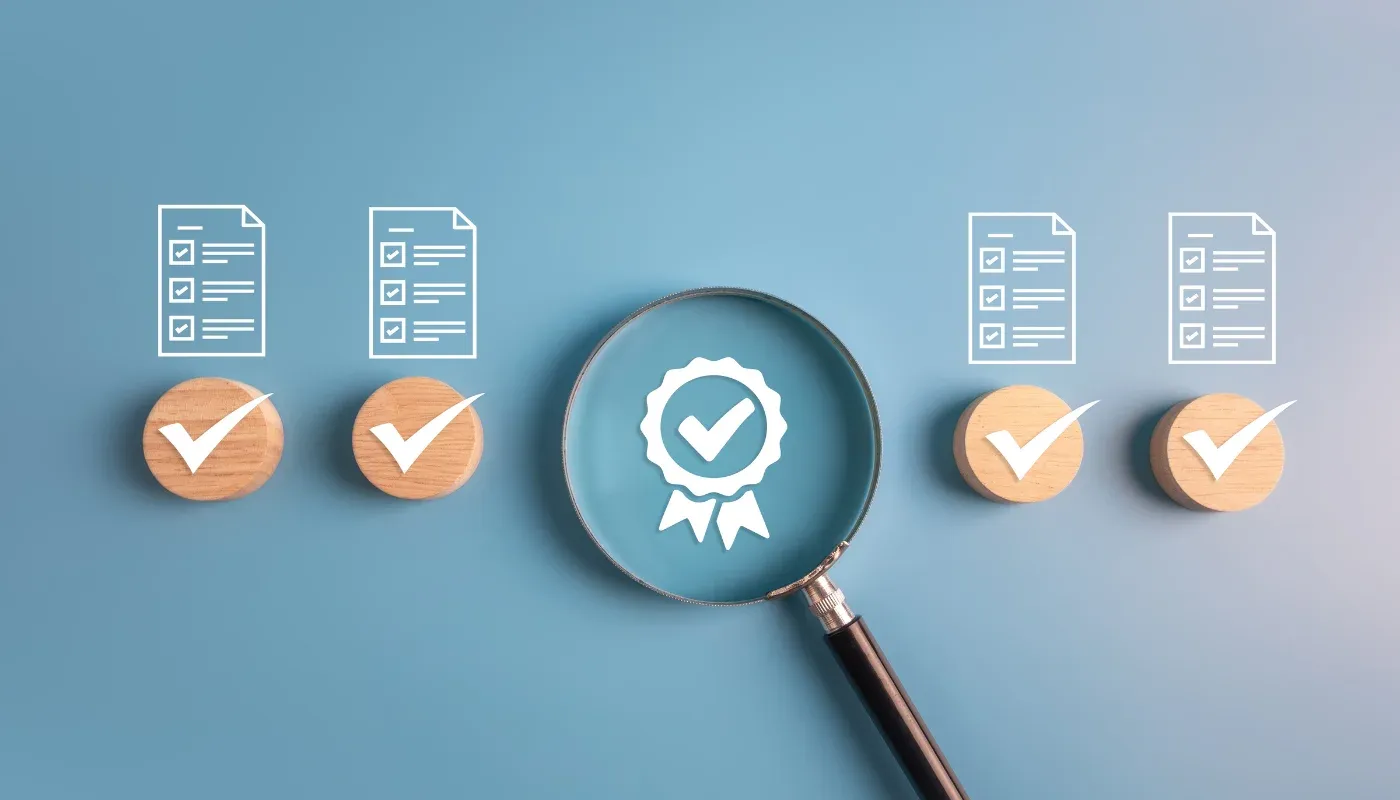Approving an ERP project is a high-stakes decision. The system will shape how your teams work, how fast you close the books, and how well your business scales. When implementations miss the mark, the problem usually traces back to weak planning, unclear ownership, or avoidable shortcuts.
This checklist gives CXOs a clear way to validate whether the NetSuite project in front of them is set up for success. Treat it as a pre-approval playbook: if these checkpoints aren’t covered, the project isn’t ready.
Why NetSuite Projects Go Off Track
Most ERP failures are predictable. They come from the same patterns:
- vague or incomplete requirements
- poor data readiness
- little to no testing discipline
- under-trained users
- scope changes late in the cycle
- unclear go-live criteria
If these risks aren’t managed early, they get expensive later. A structured checklist keeps teams aligned and reduces your exposure.
The CXO-Ready 10-Step NetSuite Implementation Checklist
Step 0: Confirm Readiness Before the Project Begins. Before signing off on the budget, ensure the foundation is solid.
- Executive sponsorship is formalized
- project goals and KPIs are defined
- Current processes are documented
- project owners are assigned
- Responsibilities are clear across finance, operations, and IT
If this step is weak, everything that follows will struggle.
Step 1: Requirements and Scope Must Be Crystal Clear. Your team should not configure anything until requirements are locked.
- process workshops completed
- current workflows captured clearly
- future workflows mapped
- functional and technical needs documented
- must-haves separated from nice-to-haves
- scope approved by all stakeholders
- compliance items like ASC 606, multi-entity needs, and tax rules included
This is your guardrail against scope creep and misalignment.
Step 2: Data Must Be Audited and Prepared Early. NetSuite is only as strong as the data you load into it.
- All legacy systems identified
- master data reviewed
- duplicates and errors cleaned
- field-mapping sheets built
- migration scope finalized
- test migrations completed
If the data is bad, the system will break. CXOs should insist on this stage being airtight.
Step 3: Configuration Should Follow the Approved Scope. The system should be built around business needs — not the other way around.
- finance, CRM, inventory, or project modules set up as planned
- Roles and permissions are designed carefully
- dashboards built for decision-makers
- tax rules configured
- custom scripts and workflows documented
As a rule, push teams to minimize customization. It keeps future costs down.
Step 4: Integration Plans Must Be Clear. Most companies depend on several systems. NetSuite has to work with them.
- All systems requiring integration are listed
- data flow defined
- integration tools selected
- sync timing and error handling tested
A vague integration plan is a red flag.
Step 5: Testing Must Be Thorough. This is where you validate whether the system actually works.
- Detailed test scripts created
- individual functions tested
- end-to-end processes tested
- User acceptance testing completed
- issues logged and resolved
- financial reports and balances validated
If testing is rushed, go-live pain increases — every time.
Step 6: Users Must Be Trained by Role. Even the best system fails if people don’t know how to use it.
- training plan documented
- Training covers real transactions
- users trained by role
- Super users appointed
- support channels communicated
Training is a core risk area that CXOs should track.
Step 7: Go-Live Readiness Must Be Verified. This stage determines whether the project truly qualifies for launch.
- Final data loaded
- balances reconciled
- legacy system frozen
- user access confirmed
- cutover plan reviewed
- First-week support schedule prepared
If anything is incomplete, the project should not go live.
Step 8: Go Live and Stabilize. The first month needs active oversight from leadership.
- cutover plan followed strictly
- issues resolved quickly
- transaction accuracy monitored
- Daily user support is provided
- system performance is monitored
Aim for stability first. Optimization comes later.
Step 9: Continue Improving After Go-Live ERP value compounds only when teams refine the system over time.
- KPIs reviewed regularly
- processes tuned
- Phase-two enhancements planned
- dashboards improved
- user adoption tracked
A continuous-improvement mindset keeps NetSuite aligned with growth.
Common Pitfalls CXOs Should Watch For
The same mistakes derail ERP initiatives again and again:
- scope changes during or after the build phase
- poor data quality
- unnecessary custom fields
- skipping UAT
- siloed communication across teams
A weekly checkpoint with project leads helps surface issues early.
Key Metrics to Track After Go-Live
These indicators show whether the system is delivering value:
- month-end close time
- order-to-cash timeline
- inventory accuracy
- Revenue schedule accuracy
- user activity
- manual steps eliminated
If these move in the right direction, the implementation is working.
Final Note
A strong NetSuite implementation is built on clarity, discipline, and ownership. When CXOs review this checklist before approving the project, they protect the company from avoidable risks and set the stage for a smooth rollout. The right structure in the early stages leads to better adoption, faster ROI, and a system that actually supports how the business runs.
Frequently Asked Questions
Why do NetSuite projects usually go off track?
NetSuite projects fail when requirements are unclear, data is not cleaned early, testing is rushed, users are not trained, or the scope keeps changing late in the project cycle. These issues increase risk and delay go-live.
What should CXOs check before approving a NetSuite implementation?
CXOs should confirm executive sponsorship, defined KPIs, documented processes, assigned project owners, and clear cross-department responsibilities. A weak foundation causes challenges later.
Why is early data preparation important in a NetSuite project?
NetSuite depends on clean and accurate data. If legacy data contains duplicates, errors, or incomplete fields, the system will produce incorrect results after go-live.
How can scope creep be avoided in a NetSuite implementation?
Scope creep is avoided by completing workshops, documenting workflows, defining must-haves vs. nice-to-haves, and having all stakeholders approve the scope before configuration begins.
What integrations should be planned before configuring NetSuite?
All systems that exchange data with NetSuite—CRM, POS, eCommerce, HR, or custom tools—must be identified upfront. Data flows, sync frequency, and error handling must be defined early.
Why is testing a critical stage in NetSuite implementation?
Testing validates whether the system works end-to-end. Without strong test scripts, UAT, and financial validation, errors go live and disrupt transactions, book closure, and reporting.
What kind of user training is required for a smooth NetSuite go-live?
Users should be trained by role with real transaction examples. Super users must be appointed and support channels documented so teams can resolve issues quickly after launch.
What determines whether a company is ready for NetSuite go-live?
A project should only go live when data is fully loaded, balances are reconciled, the legacy system is frozen, access is set, and a cutover and support plan are in place.
What should leadership monitor during the first month after go-live?
Leadership must monitor issue resolution, transaction accuracy, user adoption, and system performance. Daily support ensures quick stabilization.
What are the most common mistakes companies make during ERP implementations?
Common mistakes include poor data quality, unnecessary customizations, skipping UAT, late scope changes, and weak communication between teams.
How can CXOs ensure long-term value from NetSuite after go-live?
Continuous improvement is essential—review KPIs, refine processes, enhance dashboards, and plan phase-two updates to keep NetSuite aligned with business growth.







